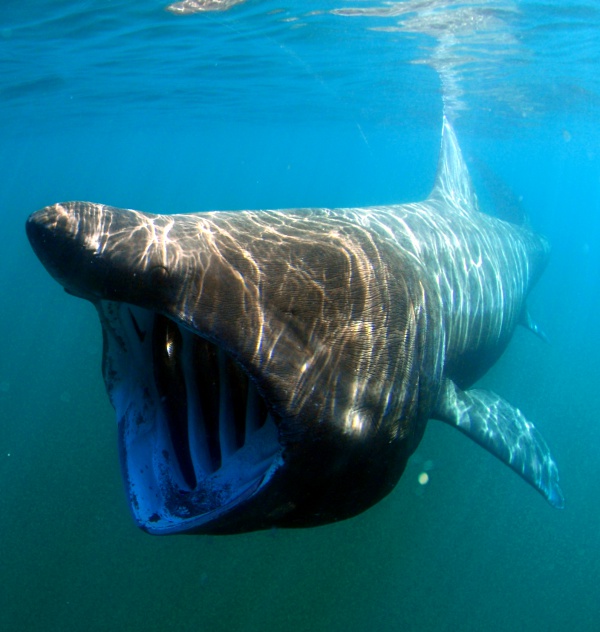Facts About Basking shark
The basking shark, the second-largest shark in the world after the whale shark, is a gentle giant renowned for its plankton-based diet and is found in temperate oceans worldwide. These remarkable creatures can grow up to 7.9 meters in length and are often seen feeding near the water's surface. Despite their intimidating size and appearance, basking sharks pose no threat to humans.
One of the most fascinating aspects of basking sharks is their unique adaptations for filter-feeding. Their enormous mouths and specialized gill rakers enable them to sift plankton from the water efficiently. Unfortunately, these sharks have been heavily hunted for their meat, fins, and liver oil, leading to a significant decline in their population and prompting crucial conservation efforts.
In terms of classification, the basking shark is the sole extant member of the family Cetorhinidae. Over the years, these sharks have been known by various names. They typically inhabit coastal and pelagic zones, ranging from cold boreal waters to warmer temperate regions, and are capable of diving to depths of at least 910 meters. They exhibit distinctive features such as large jaws, prominent gill slits, and tiny teeth, and they are slow-moving creatures that feed on zooplankton and small fish.
Basking sharks are known for their extensive migrations. Through satellite tracking, scientists have discovered that these sharks can travel thousands of kilometers. They are social animals, often gathering in large groups during the summer when zooplankton is abundant. They reproduce through ovoviviparity, where females give birth to live, fully developed young.
Given the threats of by-catch and overfishing, basking sharks are now classified as endangered on the IUCN Red List. Many countries have implemented protective measures, including restrictions on fishing and trade. Additionally, basking sharks have become popular attractions for dive tourism in regions where they are commonly found.
Interestingly, there have been instances where basking shark remains were mistaken for mythical sea creatures like sea serpents or plesiosaurs, adding to the mystique of these incredible animals.

 Spain
Spain